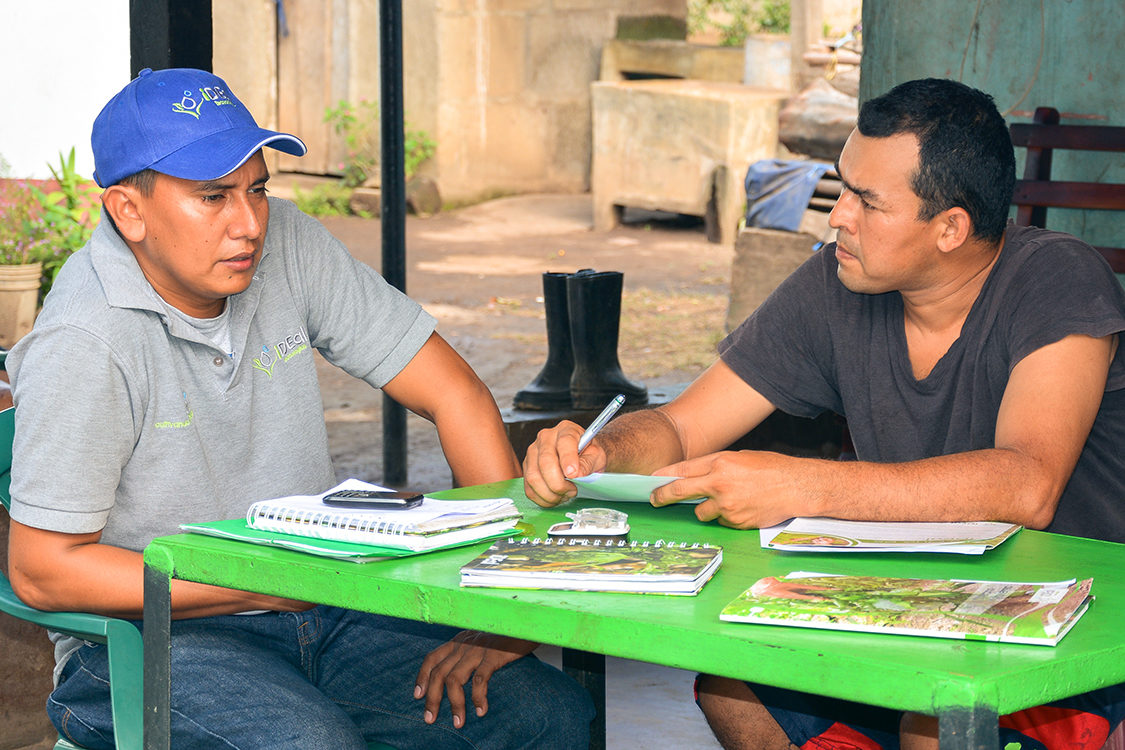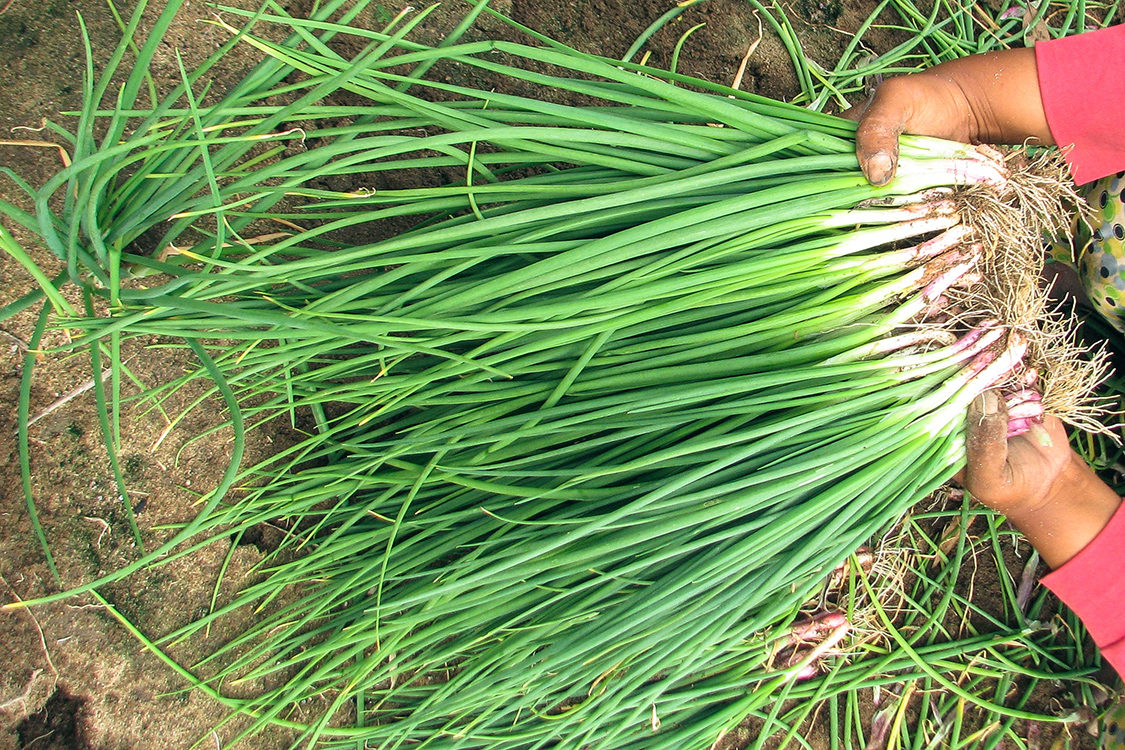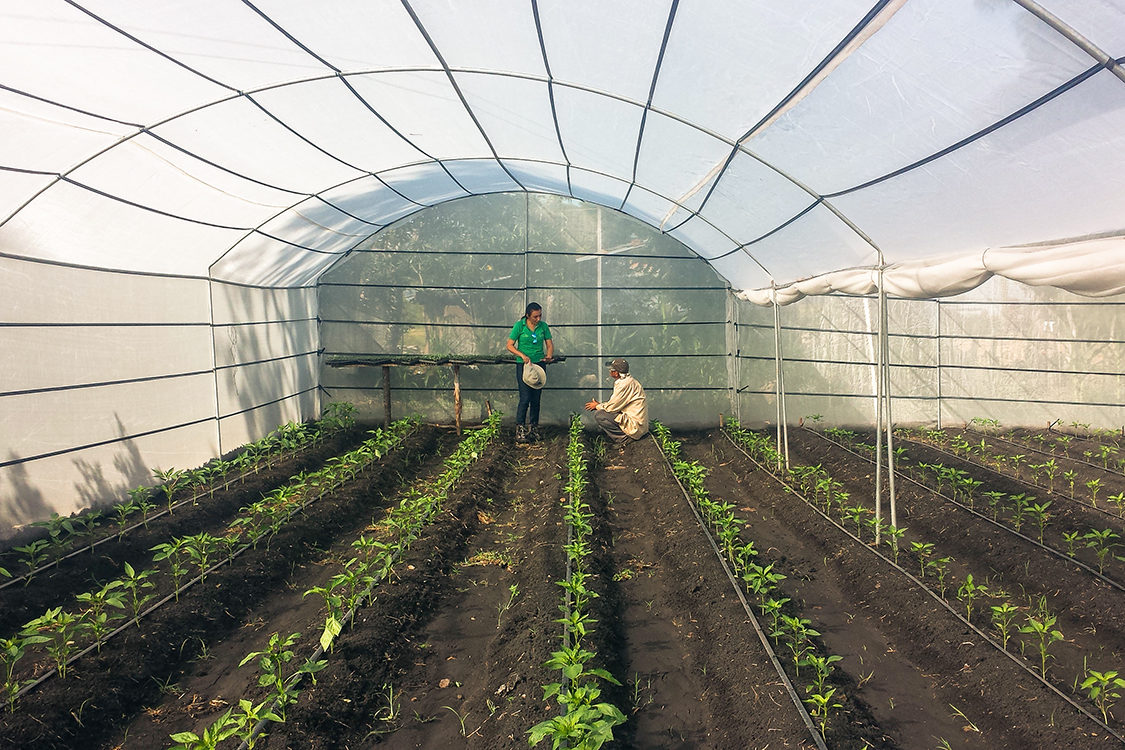Lessons Learned
After successfully implementing micro-irrigation technology in Bangladesh, Cambodia, and Zambia, iDE explored how to expand micro-irrigation adoption in Burkina Faso, Honduras, Kyrgyzstan, Nicaragua, and Tajikistan, some of the most difficult market environments (short of conflict zones). The discoveries from that research provide deep insight for addressing systemic issues that continue to plague market-building activities.
Technology

Drip designed for small farms
Micro-irrigation technology must be designed to the context of smallholder farmers.
MIT has been commercially available for many years, but the conventional systems are far too sophisticated and expensive to fit the scale of resource-poor smallholder farmers.
MIT has been commercially available for many years, but the conventional systems are far too sophisticated and expensive to fit the scale o...

A primer on micro-irrigation technology
Micro-irrigation technologies provide access to water, water storage, and water distribution for small-scale plots (typically, less than one hectare). These technologies may seem simple, but often require specialized training and knowledge for success, including proper design, placement, and maintenance. Equipment also needs to be effectively integrated, sometimes incorporating other technologies ...

The evolution of SF1
iDE continuously listens to the needs and aspiration of the farmer and continuously works to introduce better options through the market. With funding first from the Bill & Melinda Gates Foundation, REEEP, and National Geographic, and later from USAID’s Powering Agriculture Grand Energy Challenge for Development, iDE and the PRACTICA Foundation developed a PV-driven Sunflower pump (now known a...

Iteration of product and project
Traditional approaches to development projects include identifying a set of very specific, measureable goals to meet by the end of the project period. Although it is important to have certain expectations to be held accountable for, such rigidity assumes conditions are unchanging and often does not leave space to change paths as new information is discovered. It also does not mimic natural marketp...
Market Building

SF1 & Futurepump: Incubation of a social enterprise
iDE strongly believes in supporting private companies and entrepreneurs that can create markets and drive innovation for smallholder farmers. Smallholder farmers have increasingly stopped using buckets to irrigate their crops. What was once commonplace was replaced by manually-operated pumps at first, then by small petrol pumps, that reduced both labor and time. What made this possible was the cre...

The problems with a global start-up
Global Supply was an entrepreneurial experiment that failed—and yielded important lessons. When iDE began to champion drip irrigation, the suppliers for drip components focused on large, industrial farms or very small household gardens. The first step was getting manufacturers to expand the range of components to meet smallholders needs. iDE envisioned scaling up access to drip irrigation beyond o...

Vietnam: a flexible, sustainable supply chain
Climate-smart technology is sold through pre-existing retailers who have been trained on how to use it and sell it. In 2010 in Vietnam, iDE stimulated the market by stocking farm supply retail shops with an initial shipment of any component of the MIT system the retailer did not supply, the most common being micro-sprinklers. This stock was imported by iDE from India and Myanmar and sold to suppli...

The role of social enterprise in the supply chain
Building manufacturing capacity, controlling quality, combining components—the social enterprise can help establish and maintain a well-functioning supply chain. Social enterprises become necessary when private companies have difficulty serving a segment of the population, either because the supply chain is broken or insufficient, or because delivery is costly or problematic. Social enterprises ca...

Understanding market creation through the product lifecycle curve
Poverty alleviation starts from day one, but creating a sustainable market goes through several phases before profitability. The challenge of creating a self-sustaining market supply chain for products can be complicated by the need to also develop a new product that conforms to the needs and desires of the target market. This is what iDE and HELVETAS had to do in Kyrgyzstan. To best understand ho...

The Sunlight Pump: optimized for smallholders through collaborative partnerships
Issuing in a new wave of innovation by partnering with academic institutions to develop solar-powered pumps for smallholders. After the overwhelming success of disseminating over 2 million treadle pumps, iDE began as early as the mid-2000s to look for the next smallholder equipment revolution. The shift by farmers from treadle pumps to small petrol-powered pumps opened up an opportunity to researc...
Sales

Collection Centers simplify marketing for smallholders
Collection Centers are a cooperation between groups of farmers to organize the marketing jointly. The marketing challenges of small farmers are enormous, and not only because of price fluctuations. iDE’s experiences in several countries showed extremely high transaction costs to bring produce to the market. In Nepal, iDE has pioneered a concept of “collection centres”: groups of mostly female vege...

Why farmers are risk-averse
Farming is a risky business and may affect the livelihood of entire families. Many smallholder farmers engage in farming methods characterized by low-inputs and consequently low-outputs. They continue to do it, nevertheless, because it is a low-risk strategy that ensures survival even though it prevents them from climbing up the ladder to prosperity. But it is a trap that is often a vicious circle...

Two types of clients: Direct and Indirect
In terms of marketing techniques, CBAs proved to be effective at selling and providing technical advice on drip kits to direct and indirect clients. As part of the Scaling-Up Productive Water project, the Burkina Faso team engaged in two different sales methods to deliver micro-irrigation technology (MIT): 1.) A social enterprise model selling directly to consumers through Conseillers de Business ...

Branding can make a difference, depending on the market
When a private brand label makes sense, and when it doesn’t. The practice of branding products is commonplace among higher end markets, but is often haphazard in markets for the bottom of the pyramid. Many manufacturers do not want their brand associated with entry-level or low-cost products under the belief that consumers would lower their evaluation of the quality of the brand. The marketplace c...

Territory Strategy: Go deep before going wide
Focus on particular areas to build a base of knowledge locally, then expand into adjacent areas. Bringing micro-irrigation technology (MIT) to market in developing countries requires a different approach than traditional sales techniques that focus on making a product available everywhere in massive quantities. Part of the reason for this is that MIT isn’t an impulse purchase for smallholder farme...

Problem-selling vs. product-selling
Shift the focus from selling equipment based on its features to selling solutions for a buyer’s problem. The decision by a smallholder farmer to buy micro-irrigation technology depends not only if they have the cash available, but also has to factor in their experience, beliefs, current outlook, market opportunities, country situation, business opportunities, and understanding of the equipment. Th...

Reduce risk to farmers by providing a complete package
Private companies can accelerate uptake of drip irrigation through integrated sales packages. Smallholder farmers are hesitant to try new technology because of the risks to their livelihood. If it doesn’t work, they not only lose money on the technology, they lose money from not having their harvests to support themselves and sell at market. But what if someone else helped them by assuming those r...

Capacity building is necessary for drip irrigation success
Agents in the field who can provide advice, equipment, and post-sales assistance make the difference for rural farmers. The catalyst for poor farmers to increase their incomes is more than access to equipment and the financial means to purchase it. Even after technology is obtained, the farmer needs to understand how to install, use, and maintain it correctly. Micro-irrigation technology has a com...